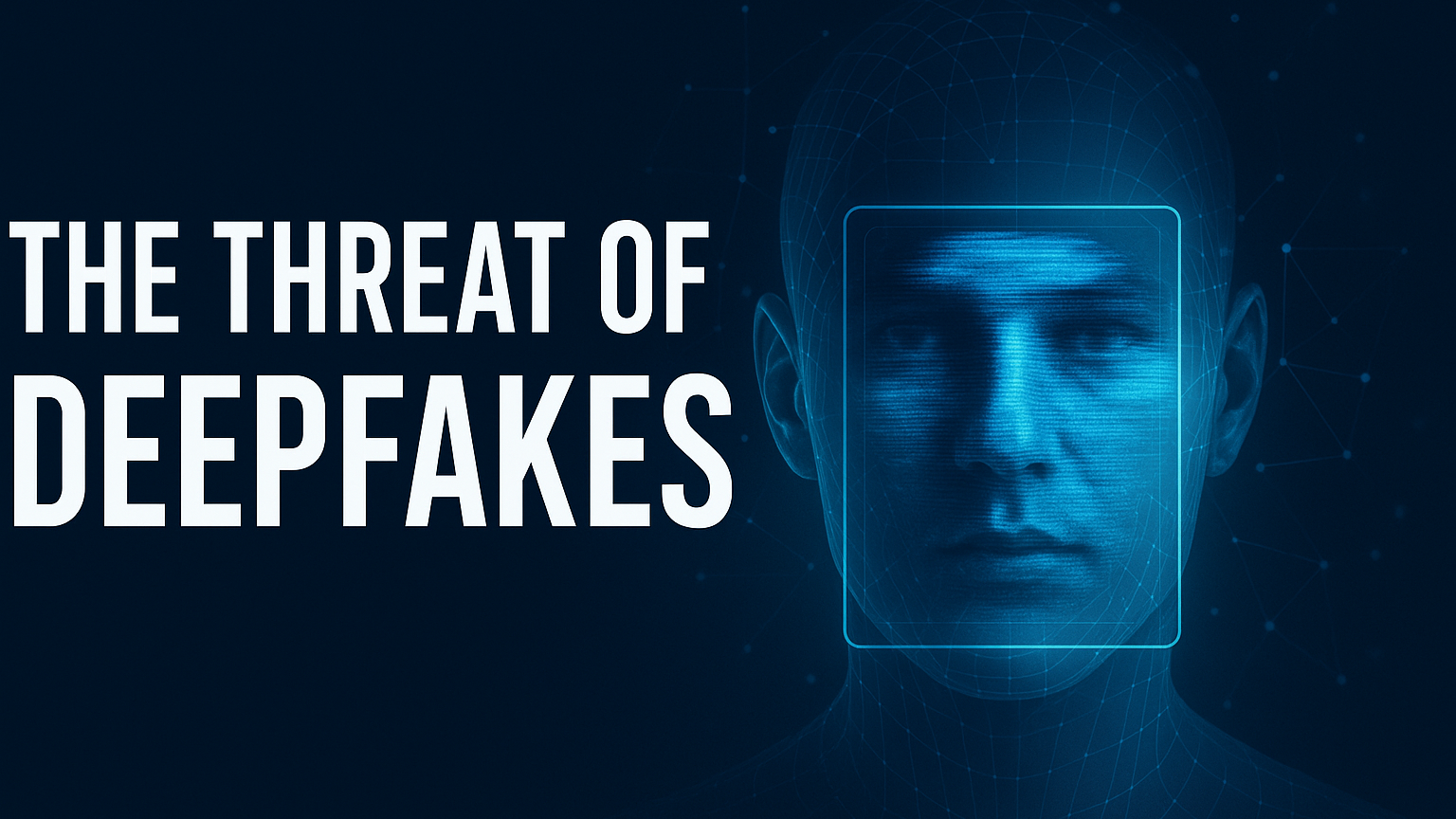
Deepfakes have rapidly evolved from experimental AI projects into powerful tools capable of manipulating reality. While the threat of deepfakes is real—spanning misinformation, fraud, and personal harm—the same AI technologies behind them also hold the key to detection, protection, and ethical innovation.
This blog explores how AI can counter deepfake threats and pave the way for a more secure and responsible digital future.
What Are Deepfakes and Why Are They a Threat?
Deepfakes are synthetic media created using machine learning techniques like Generative Adversarial Networks (GANs). These models learn from large datasets to imitate faces, voices, and actions, producing hyper-realistic but entirely fake videos, audio, and images.
Key Risks of Deepfakes:
- Misinformation & Political Manipulation: Fake videos of public figures can spread rapidly, shaping opinions before facts catch up.
- Corporate Fraud: Voice cloning and impersonation have been used to bypass security and authorize fake transactions.
- Personal Harm: Individuals have been targeted through non-consensual deepfake content, causing emotional and reputational damage.
As deepfakes become cheaper and more sophisticated, the challenge of distinguishing truth from fabrication intensifies — threatening both individuals and institutions.
AI-Powered Deepfake Detection: Fighting Fire with Fire
Ironically, the most powerful defense against deepfakes is AI itself. Around the world, researchers and organizations are creating intelligent systems to detect, trace, and mitigate deepfake content before it spreads.
Key AI Countermeasures:
- Deepfake Detection Algorithms
AI models are trained to identify minute inconsistencies in facial movements, lighting, audio-video syncing, and pixel patterns that are invisible to the human eye. - Digital Watermarking & Provenance Tracking
Invisible, AI-generated watermarks help platforms flag synthetic content, while blockchain-based provenance ensures the authenticity of original media. - Real-time Verification Tools
AI-powered browser extensions and backend APIs can analyze media uploads in real time, enabling platforms to label or block deepfakes instantly. - Regulatory & Ethical AI Frameworks
Governments and AI organizations are working on standards for transparency, consent, and labeling to ensure accountability in generative AI content.
AI for Good: Building Trust in the Digital Age
The emergence of deepfakes marks a turning point in the role of AI in society. We can either allow misinformation to erode trust, or we can use AI as a force for good — to educate, verify, and protect.
Key Steps Toward a Safer AI-Driven Future:
- Digital Literacy & Education
Teaching individuals—especially youth—to critically assess online content is essential in combating misinformation. - Collaborative Ecosystems
Partnerships between AI companies, regulators, and academic institutions are crucial for innovation and ethical oversight. - Transparent & Ethical AI Development
Building models that prioritize fairness, transparency, and explainability helps society trust AI-generated content. - Empowering Future Generations
Equipping young people with AI literacy prepares them to be responsible creators and consumers in the digital world.
The Future of AI Lies in Responsible Innovation
Deepfakes are not merely a technological challenge—they’re a test of our collective responsibility. By combining AI-driven detection, robust regulation, and widespread education, we can create an ecosystem where technology strengthens trust instead of undermining it.
The future of AI is not about what the technology can do — it’s about how we choose to use it.
Final Thoughts
At Web3Inventiv, we believe in AI for societal progress. Our mission is to develop responsible AI solutions that empower organizations, protect communities, and shape a future where innovation works for humanity—not against it.
If your organization is exploring AI solutions for digital security, content verification, or governance, get in touch with us to build ethical and future-ready technology together.
